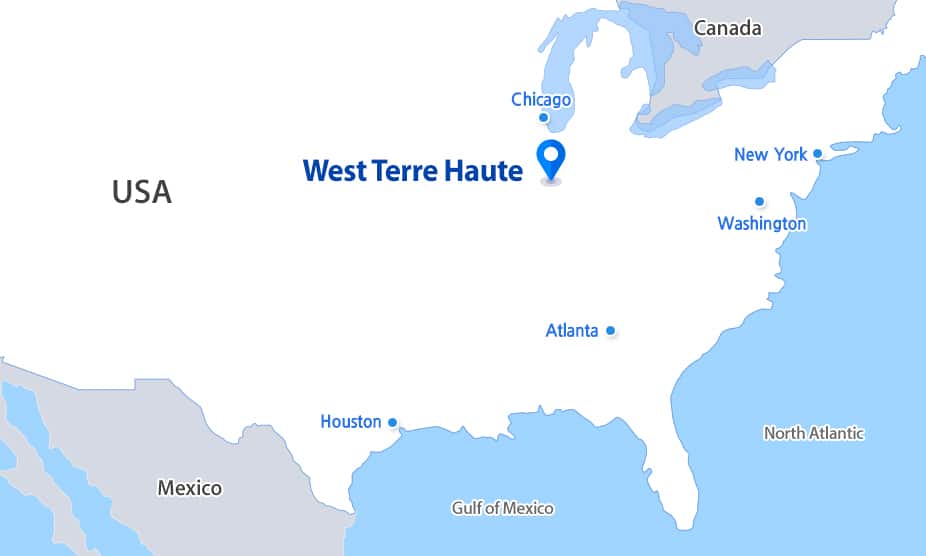Samsung E&A has re-entered the U.S. market with a $475 million Engineering, Procurement, and Fabrication (EPF) contract for the Wabash Low-Carbon Ammonia Project in West Terre Haute, Indiana.
The 30-month contract, signed with Wabash Valley Resources (WVR) through Samsung E&A America, marks the company’s first U.S. ammonia project since 2011 and its most significant step yet toward advancing its E&Able Low carbon strategy.
The facility will be among the first ammonia plants in the United States with a federal permit for permanent carbon dioxide storage, reflecting the Biden administration’s broader emphasis on low-carbon industrial infrastructure. Once operational, the plant will produce 500,000 tones of ammonia per year while capturing and storing 1.67 million tones of CO₂, supporting regional fertilizer supply chains in the U.S. Midwest. The project aligns with the Inflation Reduction Act’s (IRA) incentives for carbon capture and low-carbon hydrogen derivatives, signaling how federal policy continues to drive investment in hard-to-abate sectors.
The Wabash facility highlights a critical shift in ammonia production strategy, where carbon capture is no longer an afterthought but an integral design component. Samsung E&A will partner with Honeywell, deploying its carbon capture technologies to minimize process emissions and enhance ammonia output efficiency. Honeywell’s solutions are already deployed across several large-scale decarbonization projects globally, providing a proven pathway for achieving the dual objectives of emissions reduction and economic viability.
However, the project’s reliance on large-scale CO₂ storage raises questions about the pace of regulatory and infrastructure readiness in the U.S. Midwest. While the Environmental Protection Agency (EPA) has granted Class VI well permits for geologic carbon storage, the build-out of associated pipeline and monitoring infrastructure remains uneven. For Samsung E&A and WVR, the project’s success will hinge on how efficiently these enabling systems mature within the project timeline.
Samsung E&A plans to leverage its Digital Twin, AI, and automation capabilities to streamline operations and de-risk project execution. The company has positioned these tools as central to its engineering approach, aiming to improve plant efficiency, predictive maintenance, and carbon capture optimization. This integration of digital and physical assets reflects a growing industry trend where process industries deploy data-driven systems to meet increasingly stringent emissions and performance benchmarks.
The Wabash project also expands Samsung E&A’s energy expansion portfolio, complementing its recent diversification into Sustainable Aviation Fuel (SAF), eco-friendly LNG, and poly lactic acid (PLA) production. The firm’s acquisition of equity in Nel ASA, a leading hydrogen technology company, further signals its strategic intent to strengthen capabilities across the hydrogen and e-fuels value chains.
By anchoring its reentry through a project that combines carbon capture with established ammonia technology, Samsung E&A positions itself within a critical intersection of industrial decarbonization and energy security policy.
President and CEO Hong Namkoong emphasized that the company’s execution of the project under its E&Able strategy, focusing on low carbon (E&Able Low), zero carbon (E&Able Zero), and environmental (E&Able Circle) pillars, aims to reinforce Samsung E&A’s contribution to U.S. energy security and sustainability objectives.
Stay updated on the latest in energy! Follow us on LinkedIn, Facebook, and X for real-time news and insights. Don’t miss out on exclusive interviews and webinars—subscribe to our YouTube channel today! Join our community and be part of the conversation shaping the future of energy.





